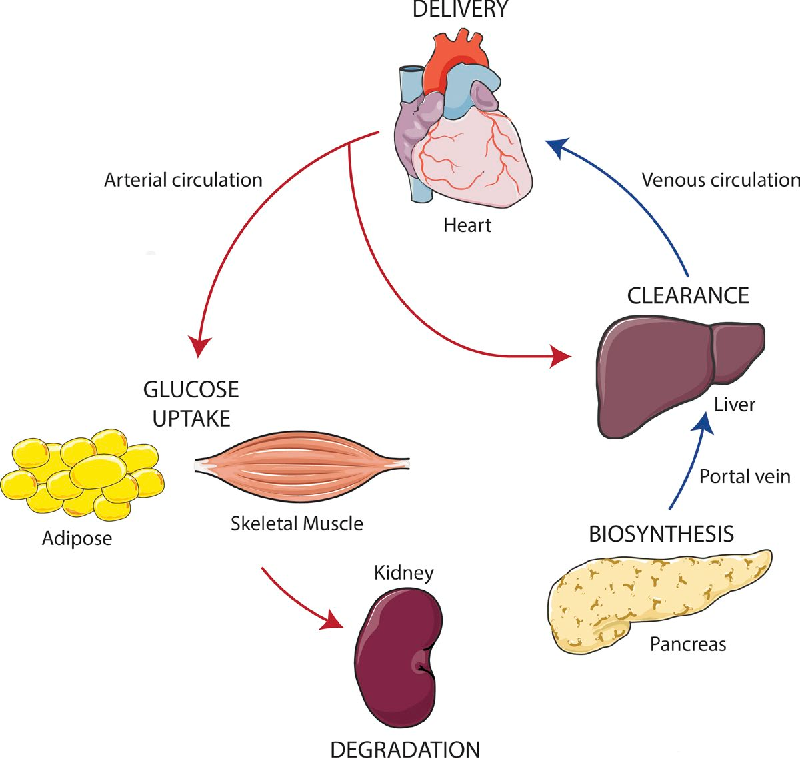Shoulder Stability: The Key to Pain-Free Movement
- Julien Boillat

- Mar 22, 2023
- 3 min read
Introduction
This article provides an overview of the two main types of shoulder instability, traumatic and atraumatic, and how they can lead to pain and discomfort. Additionally, the article outlines the crucial role of the rotator cuff muscles in maintaining shoulder stability and suggests exercises that can be included in a training plan to improve stability. By following these strategies and seeking guidance from an osteopath or physiotherapist, individuals can take steps towards reducing the risk of injury and improving their overall shoulder function.
There are two main categories of shoulder instability: traumatic and atraumatic (or degenerative). Traumatic shoulder instability occurs due to a specific injury, such as a fall or a blow to the shoulder, while atraumatic instability develops gradually over time due to poor posture, lack of movement, or loss of muscle stability.
In terms of frequency, traumatic shoulder instability is more common in younger populations, particularly those involved in sports or physical activities that require overhead movements. On the other hand, atraumatic instability is more common in older populations, particularly those with poor posture or those who have experienced rotator cuff tears.
Bursitis is a condition that can occur when the bursa (a small fluid-filled sac) located between the rotator cuff tendons and the acromion bone becomes inflamed. Shoulder instability can lead to bursitis by placing excessive pressure on the bursa, leading to pain and discomfort.
The rotator cuff plays a crucial role in shoulder stability by maintaining the position of the humeral head within the glenoid socket. The supraspinatus muscle is particularly important in this regard, as it helps to initiate abduction of the arm and also helps to stabilize the humeral head during movement. The teres minor muscle also plays an important role in stabilizing the shoulder joint by externally rotating the humerus.
The supraspinatus and teres minor muscles are key players in maintaining shoulder stability by coapting the humerus in its socket and preventing it from rising up during arm abduction. If the humeral head rises up too high, it can impinge the soft tissues in the shoulder, leading to inflammation and potential shoulder injuries such as bursitis or rotator cuff tears. By keeping the humeral head centered in the glenoid socket, the supraspinatus and teres minor muscles help to reduce the risk of such injuries and promote optimal shoulder function.
Other muscles that are important for shoulder stability include the subscapularis muscle, which internally rotates the humerus, and the infraspinatus muscle, which externally rotates the humerus. Strengthening exercises for these muscles can be helpful in improving shoulder stability.

Exercices (examples) to improve the sholder stability
To improve shoulder stability, a training plan should include exercises that target the rotator cuff muscles as well as other muscles involved in shoulder stability. Exercises should focus on both strength and stability, with an emphasis on proper form and technique. Examples of exercises that can be included in a training plan for shoulder stability include:
External rotation with a resistance band: This exercise targets the teres minor and infraspinatus muscles, which are important for external rotation of the humerus.
Scapular stabilization exercises: These exercises target the muscles that help to stabilize the scapula, which is important for proper positioning of the humeral head.
Shoulder blade squeeze (straight arms): This exercise involves squeezing the shoulder blades together, which helps to activate the muscles of the upper back and improve posture.
Wall angels: This exercise involves standing with the back against a wall and moving the arms up and down, which helps to improve scapular mobility and shoulder stability.
Prone Y's: This exercise involves lying face down on a bench and lifting the arms up and out to form a Y shape, which targets the muscles of the upper back and shoulders.
Overall, a comprehensive training plan for shoulder stability should include exercises that target all of the muscles involved in shoulder stability, with a focus on proper form and technique. With consistent effort and dedication, individuals can improve shoulder stability and reduce the risk of injury and discomfort.
While the exercises outlined above can be helpful in improving shoulder stability, it's important to note that every individual's situation is unique, and a tailored approach may be necessary to address specific issues or concerns. Consulting with an osteopath can be a great way to gain a better understanding of your individual situation, and to receive personalized guidance on exercises and other treatments that may be helpful in improving shoulder stability. An osteopath can provide a thorough assessment of your shoulder function and structure, and can work with you to develop a comprehensive plan that takes into account your individual needs and goals.





Comments